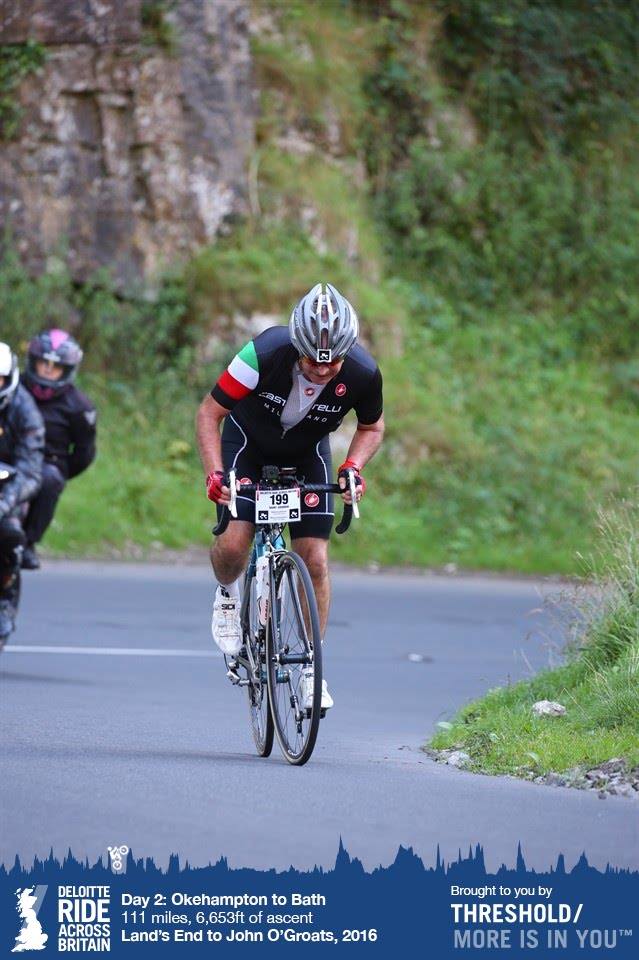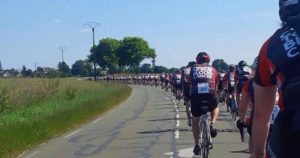Since we started working with clients, businesses and charities such as the Prince’s Trust, a common theme that rings clear is that giving people a “Plan” is simply not enough. Human nature is full of good intentions, motivation is high at the outset when we promise ourselves that we will get fitter, become healthier and improve our overall feelings of wellbeing. But soon that “plan” becomes a yoke and a burden that we’d rather avoid. We look at the plan, then look away hoping to find multiple reasons to put it off, “until tomorrow”.
We join gyms (especially after Christmas) full of optimism and intent, but after just a few visits, our motivation fizzles out (let’s face it, I don’t want to knock gyms, but their business model is based on you doing just that). Personal trainers ? yep they work, but you need to fit in with their schedule and the costs are high.
But there is another way.
The Cycle For Fitness approach is unique. We combine the three pillars of success, these being (1) Experience, (2) Personal Support and (3) Science-based Plans, to create fitness programmes that are designed with you at the core.
By taking our programmes you start a sustainable journey to fitness and well-being, opening up to you only only the recognised health benefits such as reduced risk of cancer and heart disease, lowering of blood pressure and weight loss that cycling has been proven to offer, but the feelings of freedom and wellbeing that comes from cycling with intent or cycling for the sheer joy of it.
Review what we do and how we do it; if you like what you see, sign up today at our secure shop.
I guarantee you that there are no commitments, no lock-in, it’s pay-as-you-go. This time it’s fitness with a personal touch.
Thanks for your consideration, Grant


